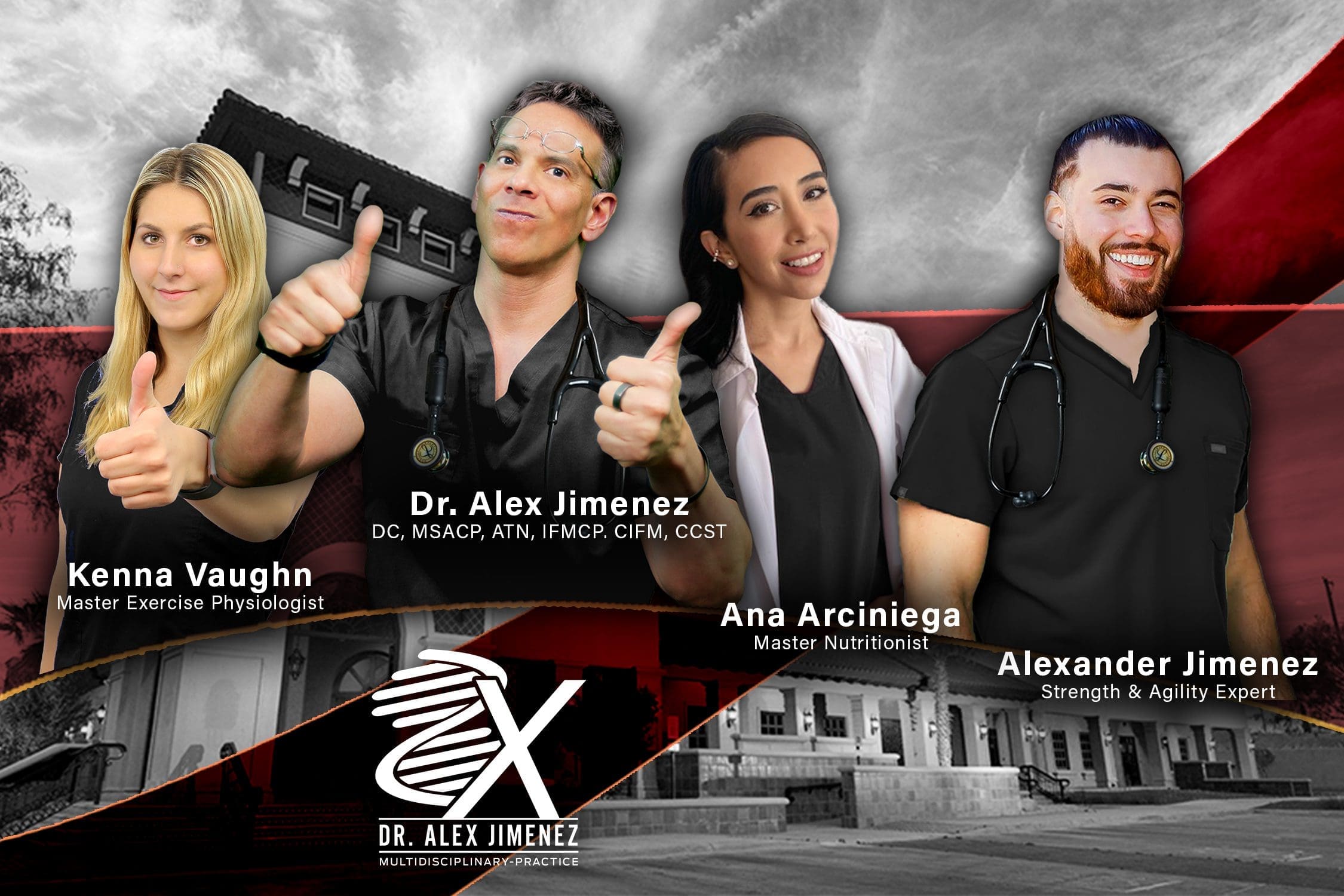Trending
- Relieving Pain from Periscapular Bursitis: Effective Techniques
- Lumbar Traction: A Safe and Effective Treatment for Back Pain
- Recognizing Whiplash Signs and Symptoms: A Complete Overview
- Traction Therapy: A Non-Surgical Approach to Decompressing Herniated Discs
- What is Spinal Disc Height Restoration with Decompression Therapy?
- Effective Nonsurgical Treatments for Sciatica: Get Back to Pain-Free Living
- Acupuncture: An Effective Treatment for Muscle Pain
- Understanding Lumbar Spinal Stenosis and Spinal Decompression
- Spinal Decompression: A Solution for Cervical Spinal Pain
- Acupuncture-Electroacupuncture: A Comprehensive Guide to Benefits and Uses
Spinal Care
Spinal Care: The spinal column, also known as the backbone, is a strong, flexible structure. It holds the weight of the head and torso. It allows movement in many directions. If it were a straight, inflexible rod, it would make humans walk like robots. However, that is not the case. The spine is flexible (moved and supported by muscles), enabling the ability to twist, hit a golf ball and bend. The spinal column surrounds your spinal cord like conduit around an electric cord. It protects the spinal cord, which can be thought of as a bundle of nerves running from the brain, through the spinal column and branching out to the rest of the body. The spine consists of three natural curves; the neck curvature or cervical spine, the upper back curvature or thoracic spine, and the lower back curvature or lumbar spine, all which make a slight “S†shape when viewed from the side. The spine is an essential structure because it helps support the upright posture of humans as well as provide the body with flexibility to move and protect the spinal cord. Spinal care is important in order to ensure the body is functioning to its fullest capacity and Dr. Alex Jimenez strongly indicates across his collection of articles on spine care, how to properly support a healthy spine. For more information, please feel free to contact us at (915) 850-0900 or text to call Dr. Jimenez personally at (915) 540-8444.

